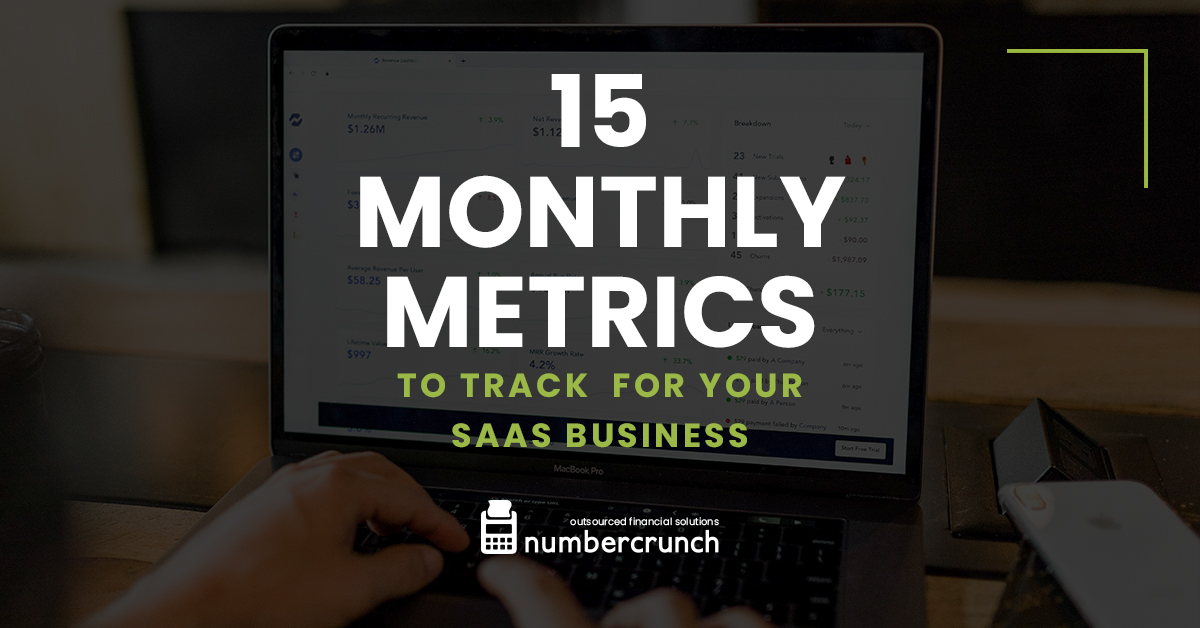When it comes to building a successful SaaS business, startup founders are going to need to know their numbers. The relative importance of these numbers really depends on the stage of the startup. This article assumes that you have some customer revenue but not a lot. And if you are pre-revenue, that’s okay too because you are going to potentially avoid some common pitfalls!
Pre-Revenue
If you are pre-revenue the key performance indicators you want to be watching are obviously not revenue based. You’ll want to grab qualitative feedback from prospects in your target market, track website visits, leads, conversions and as you acquire users you should consider engagement scores. Get a sense of what your market values most from your product. Be aware of any biases you may be applying too. For example, technical founders can have a bias to creating features without actually polling customers on the perceived feedback. Unless you are your target market or have served this market earlier in your career you should assume you don’t truly understand it rather than assuming you do.
Revenue Tracking
Once you’ve achieved around $20k/month in recurring revenue you are ready to start tracking some financial metrics as a habit of good financial hygiene. Now, to be clear, until your business reaches $100k/month MRR (monthly recurring revenue) your data will not be providing consistent insights, but there are two great reasons why you should track it:
- What gets measured will get managed. By putting a focus on key indicators it will help you align your team to what is important and this will influence behaviors and
- It is easier to implement tracking when the data sets are smaller. Get in the habit when it’s easier and then you will reinforce your intention of having a data-driven business.
Now that we’re all in agreement on the importance of tracking, here are the first 15 metrics I’d recommend you measure monthly.
15 Monthly Metrics to Track for Your SaaS Business
- Bookings – keep track of every customer deal both in terms of #s and $s. Compare month to month and strive for better than last time. You are aiming for some level of consistency and growth month over month.
- New Customers – how many new customers did you add this month? Again, we want to see consistency and continuous improvement over time.
- Total Monthly Recurring Revenue MRR – exclude onboarding and one-time charges. This is the most important unit of your business. Know it well. And you can turn it into ARR (Annual recurring revenue) by multiplying it by 12.
- New MRR – how much new recurring revenue did you add from brand new customers.
- Total Customer Count – that are generating revenue.
- Total User Count – can include free users so different than Customer count if you have freemium offers.
- Churned Customers – Track the number of customers lost each month and their associated MRR. Most importantly, dig into this data to understand why customers are leaving you.
- Average Revenue per Account (ARPA) – by dividing total MRR by the number of total customers you have. Aim for continuous increases to demonstrate you are increasing revenues per customer over time.
- Total Sales and Market costs – including salaries for sales and marketing teams.
- Customer Acquisition Cost – calculated by dividing total sales and marketing expenses by number of new customers added in the same period.
- Churn rate – calculated by dividing Churned MRR by starting MRR measured as a %. If you are running a B2B SaaS business you’ll generally want this to be <2%/month before you start investing money to acquire more customers.
- Lifetime (LT) – calculated as 1/churn rate (1% churn equals 100 Months)
- Gross Margin % (GM%) – measures how much money you are making from customers each month. Aim for >85%.
- Customer Lifetime Value – ARPA* GM%*LT – measures how much money you make from the average customer over the lifetime of the relationship.
- LTV/CAC – measures what your return on investment is in relation to customer acquisition. You’ll want this to be >3:1
Although there are many more SaaS Metrics, you can consider these the start up essentials. Measure monthly and manage accordingly and like all good hygiene benefits – you’ll perform better.










